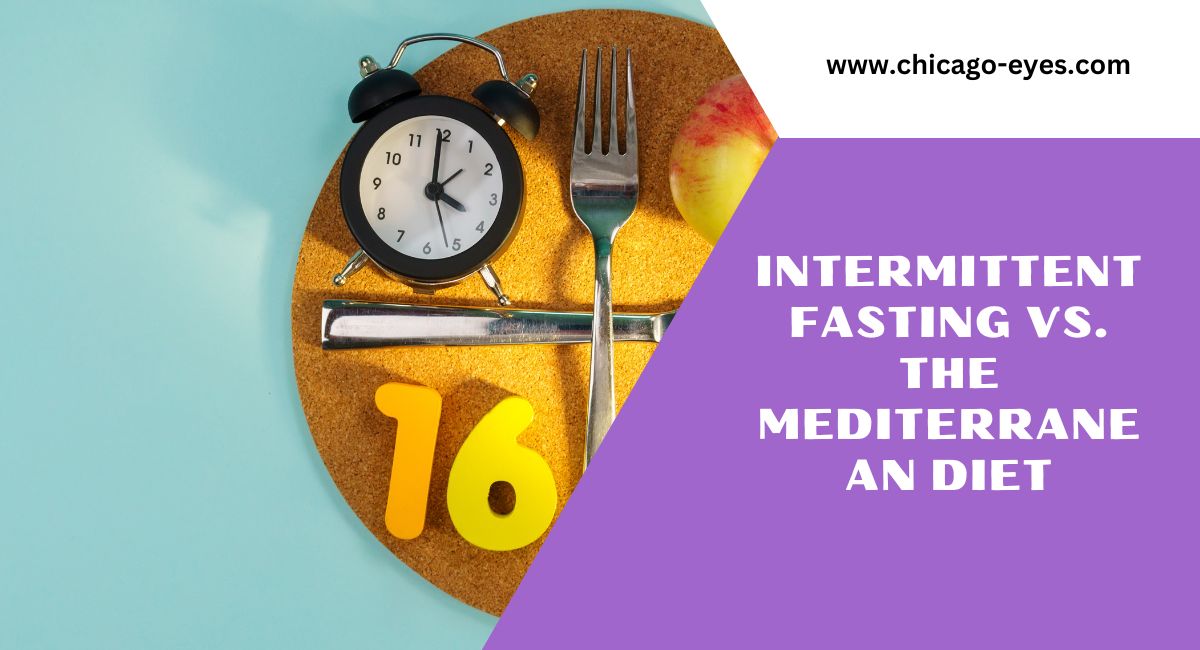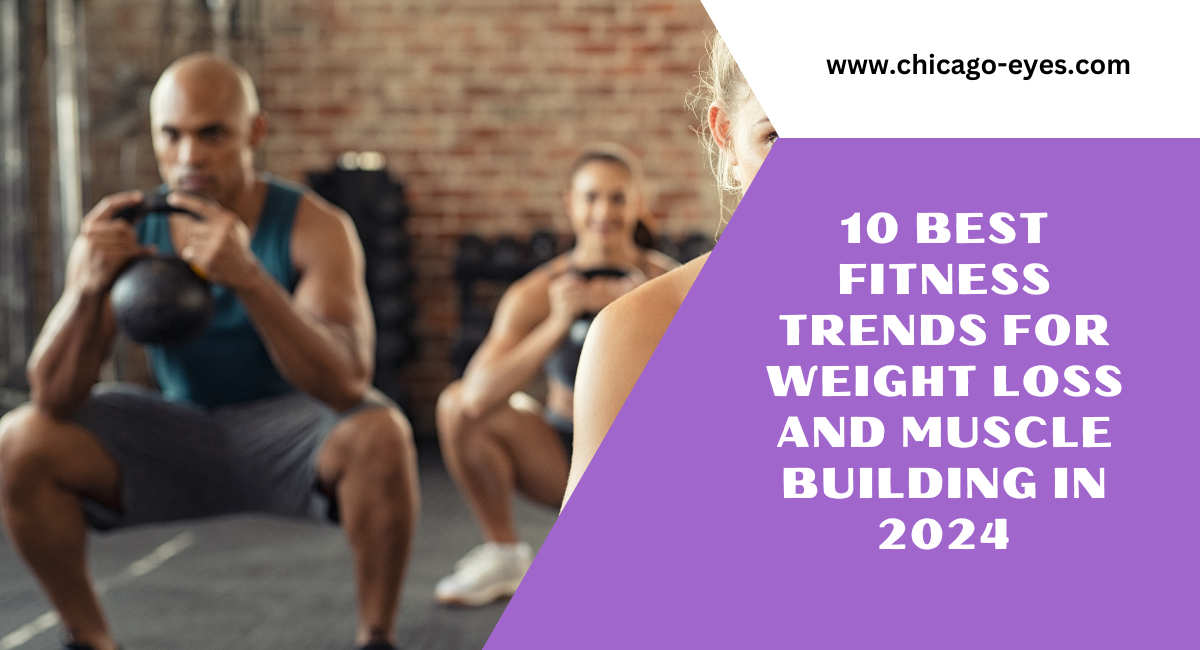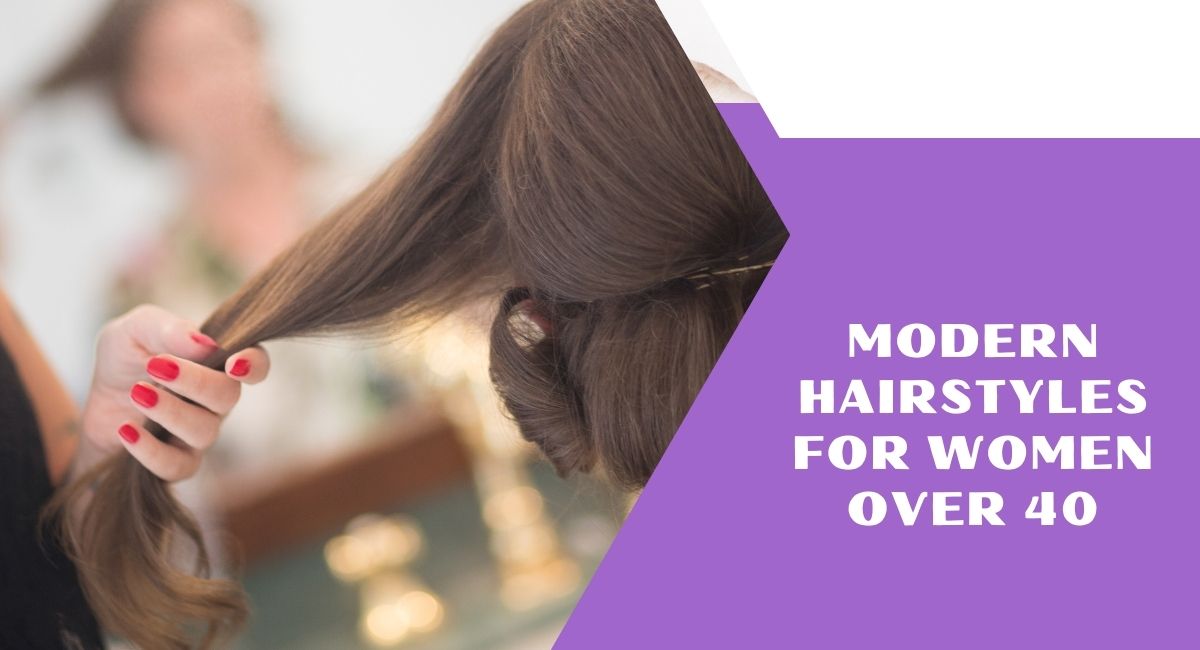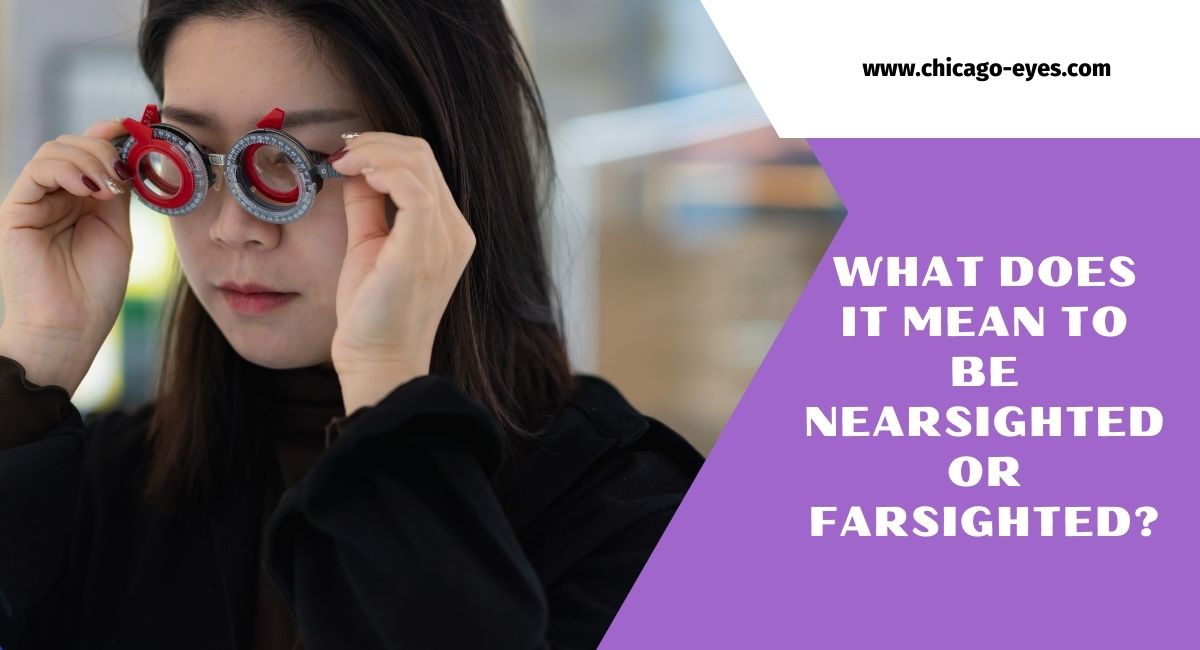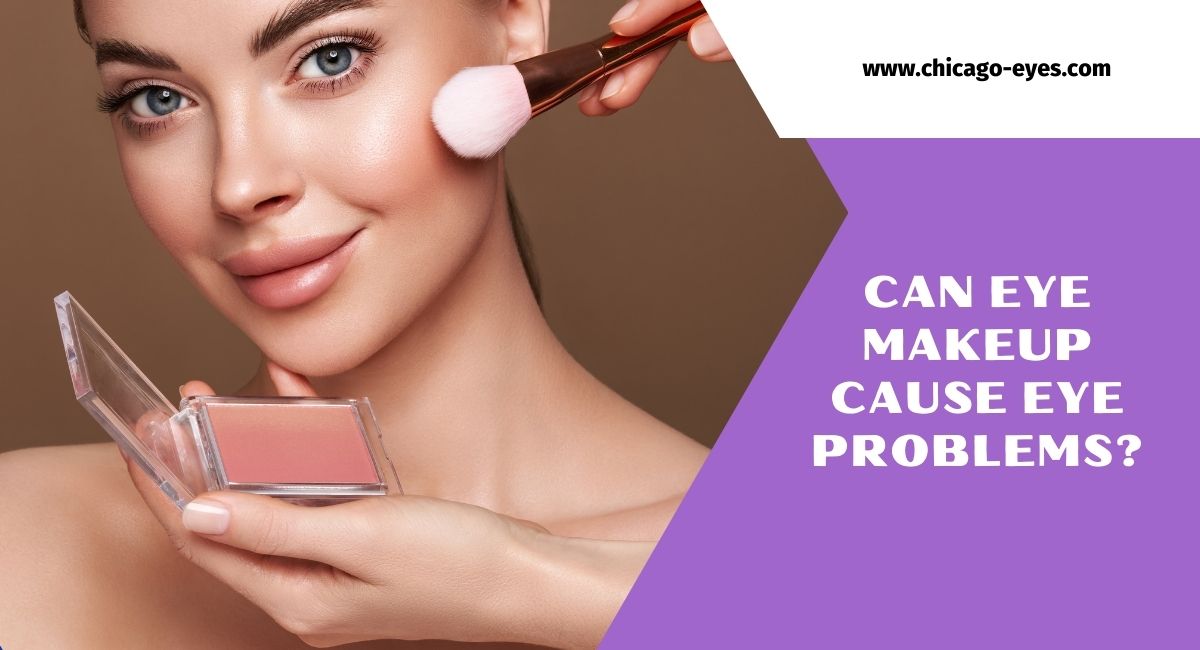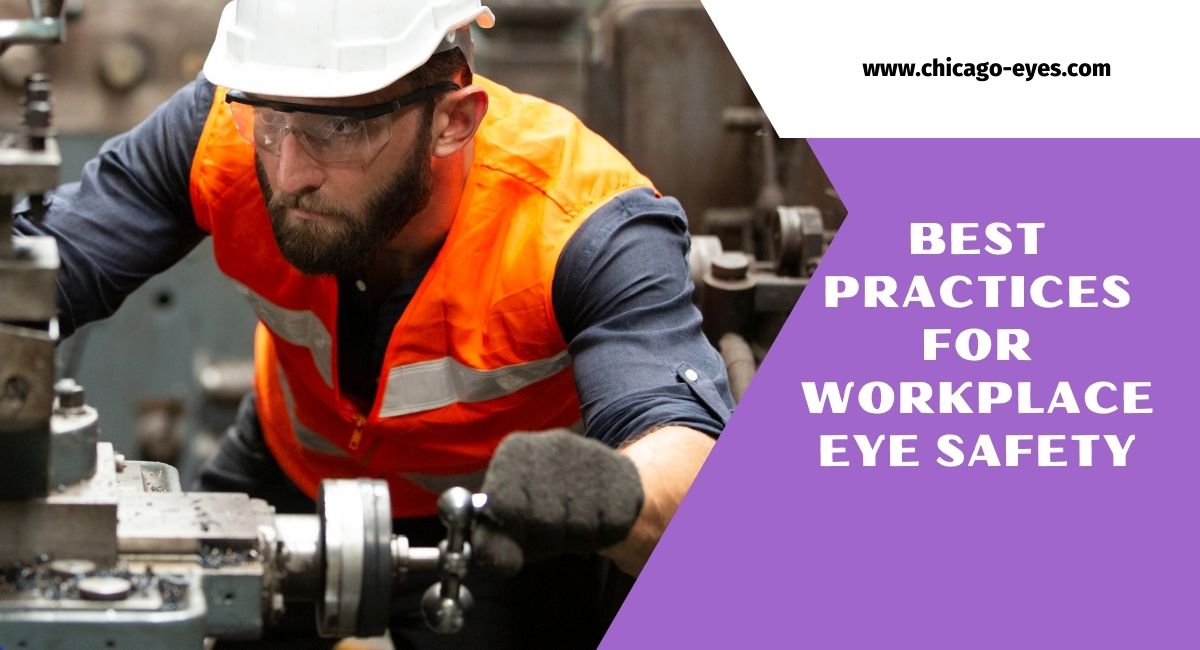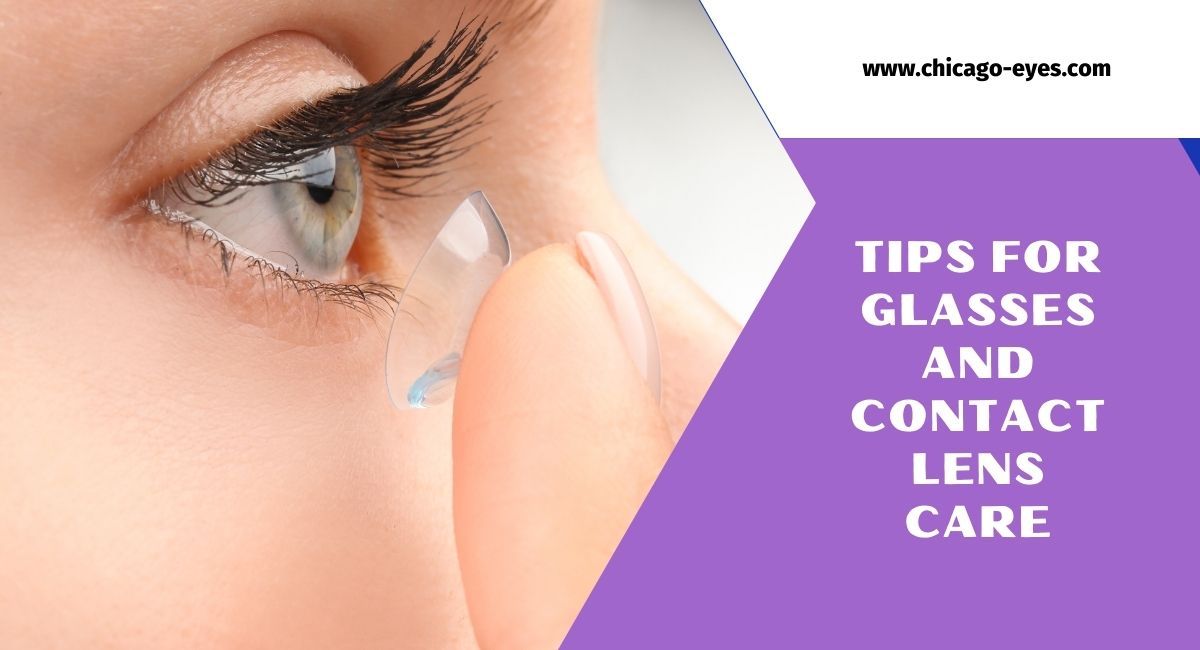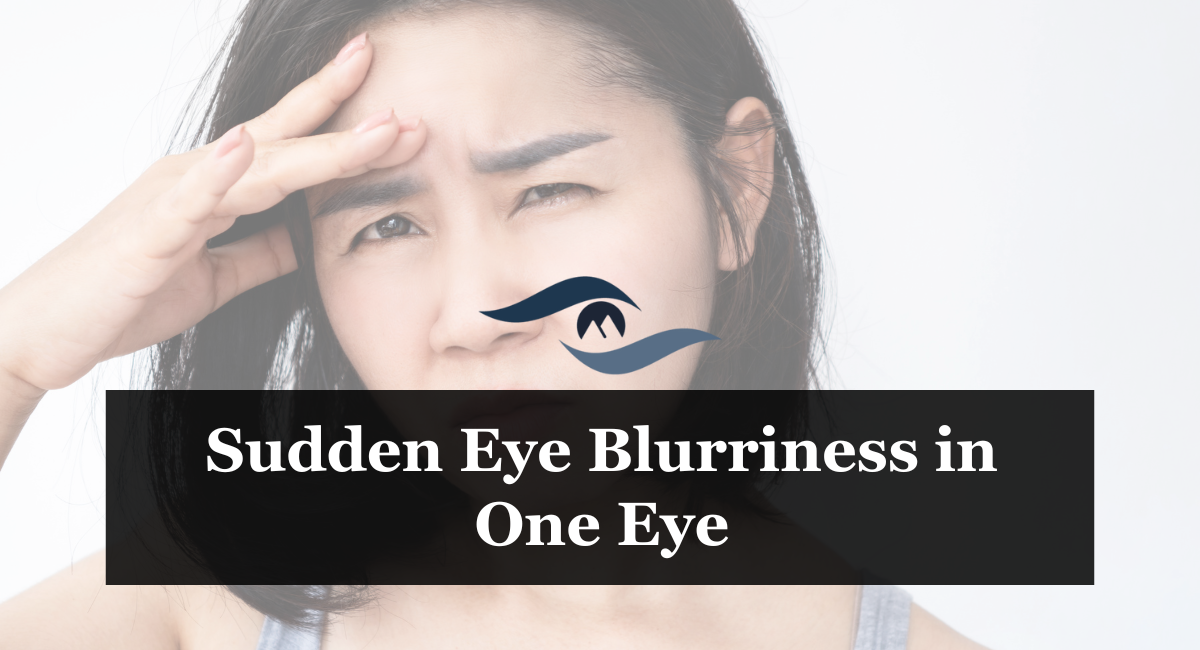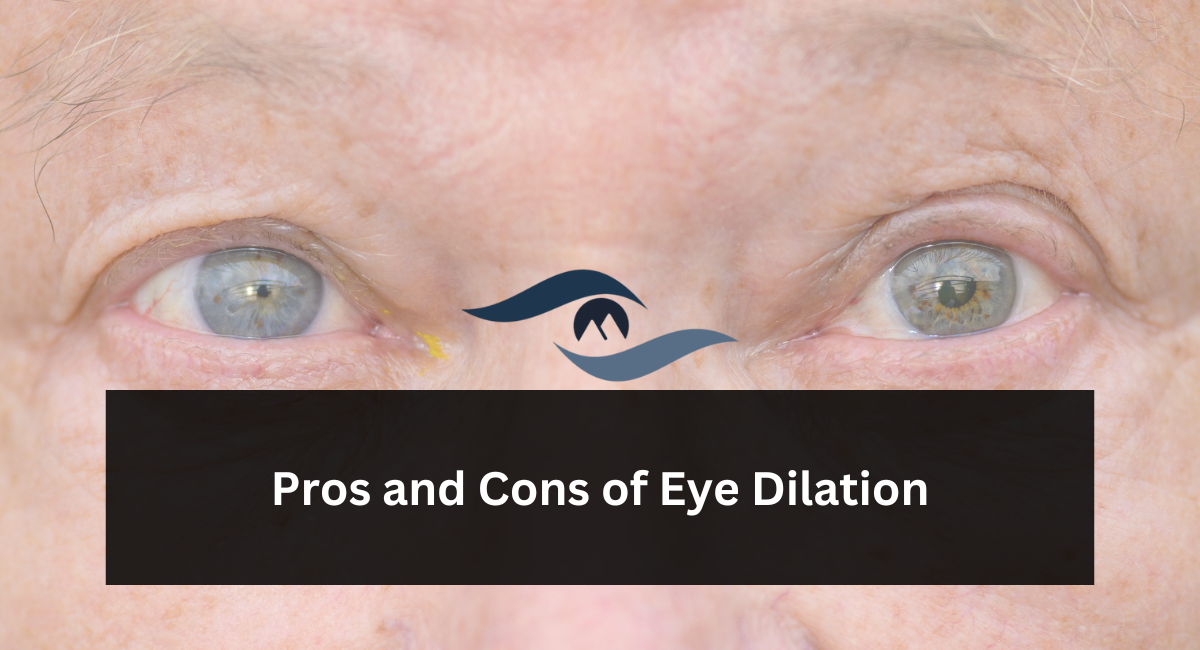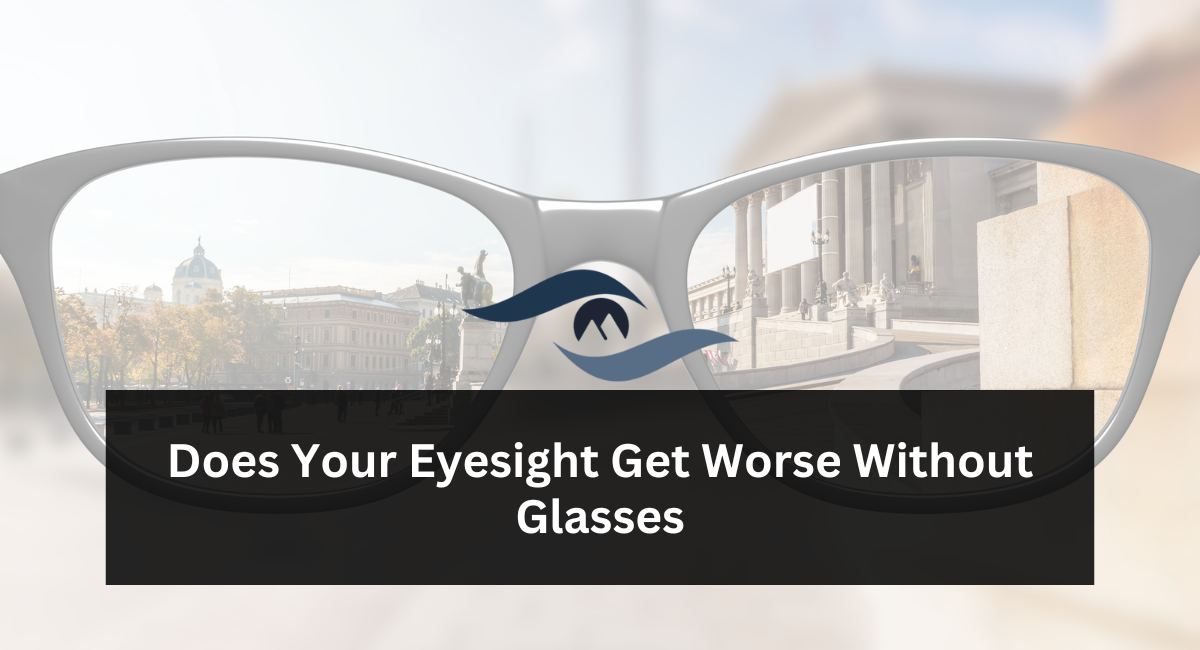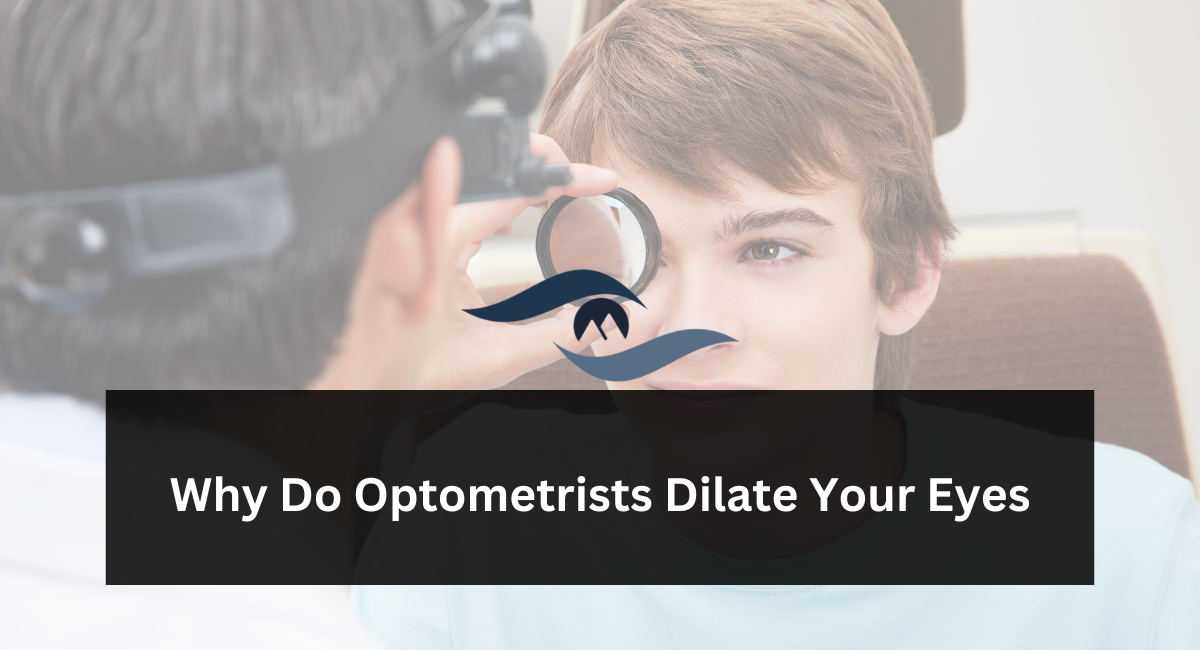While cheese can be a delicious and nutritious part of your diet, some types are significantly higher in fat and sodium than others. It’s essential to be mindful of these varieties and enjoy them sparingly.
Here’s a closer look at some cheese types that deserve a place on your cheese board, but in limited quantities:
Soft-Ripened Cheeses
Cream cheese, brie, camembert, and mascarpone – these soft-ripened cheeses are undeniably luxurious and spreadable, perfect on crackers or melted over savory dishes.
However, their creamy texture comes at a cost – a higher fat content than more complex cheeses. These cheeses can be over 50% fat, with a significant portion being saturated fat.
Saturated fat, while providing some energy, should be consumed in moderation as it can contribute to weight gain and increase your risk of heart disease.
Here’s how to savor soft-ripened cheeses mindfully:
Portion Control is Key:
A small serving, about the size of a tablespoon, is enough to enjoy the rich flavor and creamy texture without overindulging.
Pair with Lighter Options:
Balance the richness of soft cheeses by pairing them with fresh fruits like grapes, pears, or whole-grain crackers for a more balanced and satisfying bite.
Enjoy as an Occasional Treat:
Due to their high-fat content, soft-ripened cheeses are best enjoyed sparingly as a special treat or appetizer rather than a daily indulgence.
Blue Cheeses
These pungent cheeses, like Roquefort, Gorgonzola, and Stilton, add a distinctive and sharp flavor punch to salads, burgers, and pasta dishes.
They are known for their characteristic blue veins caused by specific mold cultures used in cheesemaking.
But beware, blue cheeses are also typically high in fat and sodium. A single ounce of blue cheese can contain 30% of your recommended sodium intake.
Here’s how to incorporate blue cheeses without overdoing it:
Let the Flavor Shine:
The intense flavors of blue cheese allow you to use a smaller amount for maximum impact. Crumble a small amount over a salad or pasta dish for a burst of flavor without consuming a large serving.
Seek Out Low-Sodium Options:
Some blue cheese varieties are produced with lower sodium content. Look for labels indicating “low-sodium” or “sodium-reduced” when selecting blue cheese.
Reserve for Special Occasions:
Due to their high fat and sodium content, enjoy blue cheeses as a special ingredient in specific dishes rather than a regular addition to your diet.
Processed Cheeses
American cheese slices, cheese spreads, and cheese whiz seems convenient. Still, they often contain additional ingredients that detract from cheese’s natural flavor and health benefits.
Sodium phosphates, emulsifiers, artificial flavors, and artificial colors are common additives in processed cheeses. These additives can not only affect the taste but may also raise health concerns.
Additionally, processed cheeses can be high in fat and sodium, making them less desirable for regular consumption.
Here’s why processed cheese should be a rare indulgence:
Questionable Ingredients:
Additives like sodium phosphates can contribute to bloating and digestive issues in some individuals. Artificial flavors and colors may raise concerns for those seeking a more natural diet.
Hidden Sodium:
Processed cheeses often contain significant added sodium to enhance flavor and preserve shelf life. Be mindful of sodium content when checking labels.
Lower Nutritional Value:
Compared to natural cheeses, processed cheeses offer less protein and fewer vitamins and minerals.
Healthier Alternatives You Can Rely on
The world of cheese extends far beyond the familiar cheddar and mozzarella.
Adventurous cheese lovers can explore lesser-known cheese varieties often lower in fat and calories, allowing for more frequent enjoyment without compromising health goals.
Here are some hidden gems to add variety and flavor to your cheese repertoire:
Goat Cheese
Made from goat’s milk, goat cheese offers a tangy and slightly crumbly texture with a unique flavor profile. Compared to cream cheese, goat cheese is better for health-conscious cheese lovers.
It boasts a lower fat content, notably lower in saturated fat, and is a good source of protein. Additionally, goat cheese is generally easier to digest for those with lactose intolerance due to its naturally lower lactose content.
Here’s how to incorporate goat cheese into your diet:
Salads:
Crumbled goat cheese adds a delightful textural contrast and a tangy flavor to a bed of mixed greens. Pair it with roasted vegetables, dried fruits, and a balsamic vinaigrette for a satisfying and healthy salad.
Spreads and Dips:
Combine goat cheese with herbs like chives or thyme and a drizzle of olive oil for a delicious and protein-rich spread on crackers or whole-grain bread.
Stuffed Vegetables:
Goat cheese is a fantastic filling for roasted peppers, zucchini, or eggplant. This creates a flavorful and protein-packed vegetarian main course.
Ricotta Salata
Ricotta salata, or “salted ricotta,” is a brined cheese from sheep’s or cow’s milk. It offers a salty and slightly grainy texture with a tangy flavor.
Ricotta salata boasts a lower fat content than traditional parmesan, making it a more suitable choice for those watching their fat intake. Additionally, its unique flavor profile adds depth and complexity to various dishes.
Here’s how to enjoy ricotta salata:
Pasta Dishes:
Crumble ricotta salata over a simple pasta dish with marinara sauce for a salty and flavorful topping.
Salads:
Similar to goat cheese, ricotta salata adds a delightful textural contrast and a burst of salty flavor to salads. Pair it with fresh fruits, vegetables, and a light vinaigrette.
Pizza Topping:
Ricotta salata can substitute for parmesan on pizzas, offering a slightly different flavor profile without the high-fat content.
Queso Fresco
Queso fresco, meaning “fresh cheese” in Spanish, is a crumbly, mild-flavored cheese traditionally made from cow’s milk.
A staple ingredient in Tex-Mex cuisine, queso fresco is a fantastic, lower-fat alternative to other cheeses commonly used in these dishes.
It offers a fresh and slightly salty flavor profile that complements Mexican and Tex-Mex dishes without overpowering them.
Here’s how to incorporate queso fresco into your meals:
Tacos and Burritos:
Crumbled queso fresco adds a delightful textural contrast and a fresh flavor to tacos and burritos. Pair it with seasoned ground beef, chicken, or vegetables for a protein-packed and flavorful meal.
Enchiladas:
Queso fresco can be used as a filling or topping for enchiladas, offering a lighter alternative to heavier cheeses without sacrificing taste.
Salads:
Like other crumbly cheeses, queso fresco adds a delightful textural contrast and a salty flavor to salads. Pair it with avocado, black beans, corn, and a citrusy vinaigrette for a refreshing and healthy salad.
Conclusion
By understanding the drawbacks of high-fat and high-sodium cheeses and practicing moderation, you can create a balanced and delicious diet that incorporates cheese without compromising your health goals.
So, explore the wonderful world of cheese with a newfound appreciation for its diverse flavors and make informed choices for a healthy and enjoyable cheese experience!
By incorporating these lesser-known cheese varieties into your diet, you can explore exciting flavor profiles while keeping your health goals in mind.
Remember, cheese can be a delicious and nutritious part of a balanced diet when enjoyed in moderation and with an awareness of the different fat and sodium contents of various cheese types.
So, explore the diverse world of cheese with confidence and create culinary experiences that are both flavorful and health-conscious!

